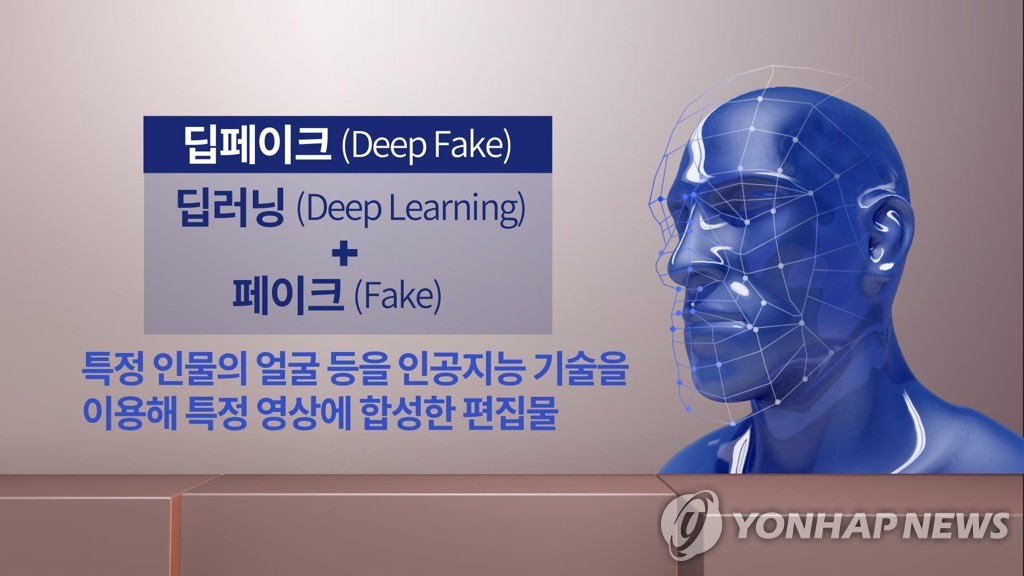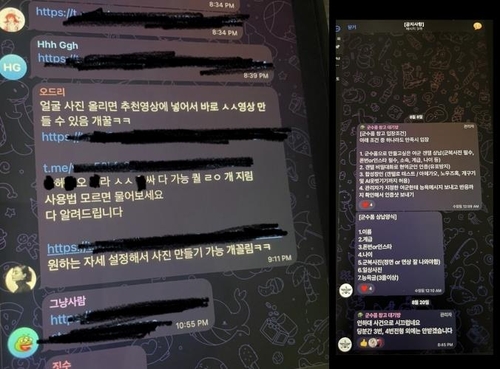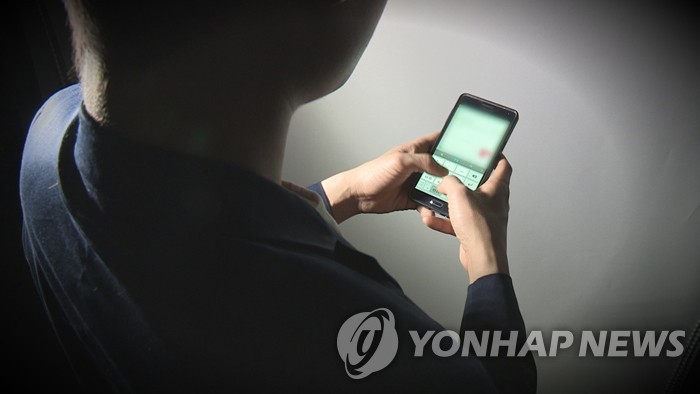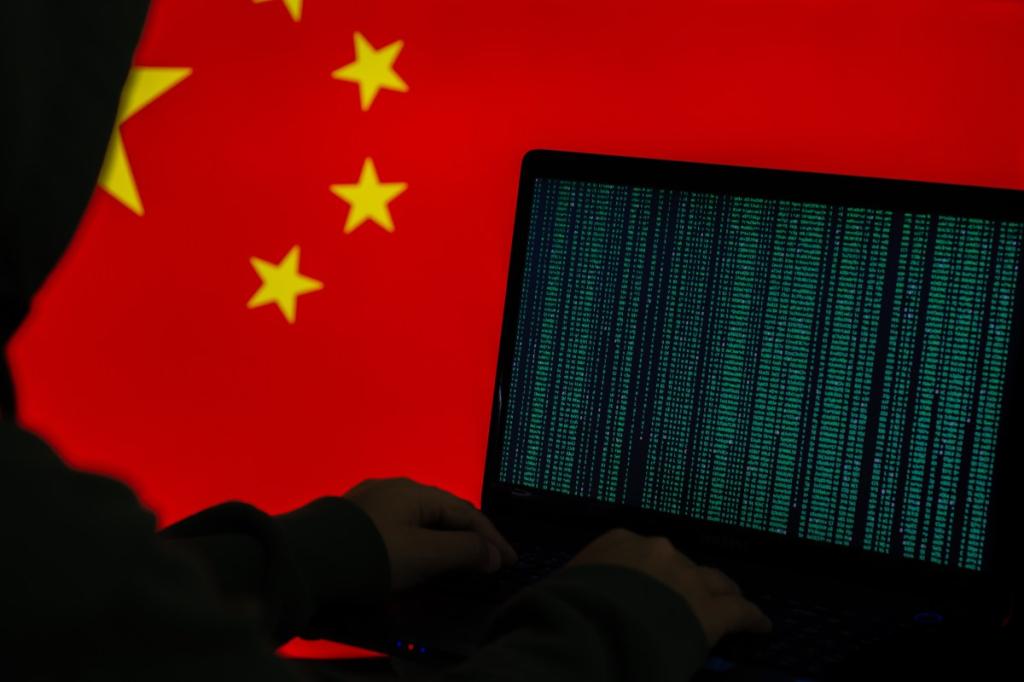The Impact of Deepfakes on Students and Education Safety
Discover how deepfake technology threatens student safety and learn essential strategies for prevention and protection in educational settings.

Key Points
- The rise of deepfake technology has led to increased harassment of students across educational institutions, instilling fear and vulnerability.
- Current laws and responses to deepfake incidents are inadequate, highlighting the need for dedicated task forces and better preventive education.
- Empowering students with knowledge about digital citizenship can help combat the threats posed by deepfakes and promote a safer school environment.
In our modern age, technology has profoundly reshaped society, offering unparalleled opportunities along with significant challenges. Among these challenges is the alarming rise of deepfake technology—an innovation that allows for the creation of hyper-realistic fake videos and audio content. This technological advancement poses a particularly grave threat in educational settings, where students and educators alike are finding themselves victims of digital deception.
The Problem at Hand
Recent reports indicate that deepfake pornography has been increasingly targeted toward students across various educational institutions, from high schools to universities. In these sinister instances, perpetrators have manipulated images of unsuspecting individuals, creating explicit content that can be easily disseminated through social media platforms like
. For example, more than 200 schools have been cited as victims of these deepfake crimes, igniting both outrage and fear among students and parents.

How Deepfakes Are Created and Shared
Deepfake technology, once limited to entertainment and creative ventures, has evolved into a tool for harassment and abuse. In many instances, the process involves collecting publicly available images—often from social media profiles—of individuals to create realistic, yet fabricated, content. This is facilitated by bots and software that can quickly generate fake images and videos, a fact that raises significant concerns regarding the accessibility and misuse of such technology.
Particularly worrisome is how these deepfake videos can perpetuate feelings of vulnerability among youths. Students, fearing that their own images might be misused, are increasingly setting their social media accounts to private and pulling down personal images. Such responses indicate a growing sense of paranoia, dramatically affecting the mental health of young people.

Legislative and Institutional Responses
As the crisis unfolds, educational and governmental institutions find themselves under pressure to respond effectively. Current laws have established severe penalties for creating and distributing deepfake content that targets minors, with potential sentences ranging from five years in prison to extensive fines. However, the sheer volume of cases and the rapid dissemination of this content have overwhelmed existing protocols.
There is a clarion call for the establishment of dedicated task forces and better reporting systems across institutions. The Korean Cyber Violence Response Center has suggested that a national emergency response should be enacted to safeguard students by implementing comprehensive educational programs and outreach initiatives aimed at digital literacy.

Looking Forward: Education and Prevention
To navigate these turbulent waters effectively, it's paramount that educational institutions prioritize preventive education on digital citizenship. Empowering students with the knowledge to identify and report harmful digital content can serve as the first line of defense against deepfake technology. Schools should stimulate open discussions about the implications of technology, encouraging a culture of safety and vigilance. By fostering a collaborative environment between students, educators, and law enforcement, we can create robust frameworks designed to combat this digital threat.
Ultimately, while deepfake technology is a testament to human ingenuity, it also underscores a frightening evolution in cyberbullying and exploitation. As we grapple with these realities, it is crucial we remain proactive in our efforts to protect vulnerable populations and maintain the integrity of our educational spaces.


